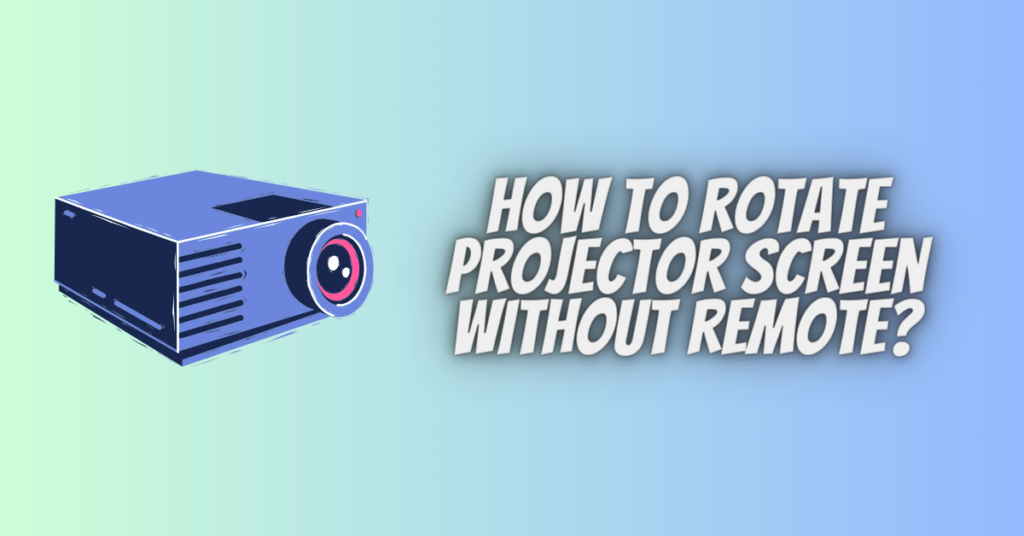Projector screens often need adjustments to fit different room configurations or to achieve the desired display orientation. While some projectors come with convenient remote controls for such adjustments, there might be situations where you find yourself without a remote. Fear not! In this article, we will explore alternative methods to rotate your projector screen effectively without using a remote control.
1. Manual Controls on the Projector:
Most projectors have manual controls on the unit itself. These controls usually consist of buttons or a control panel located on the projector body. Look for buttons labeled “Menu,” “Source,” “Arrow Keys,” or “Navigation,” which allow you to access the projector’s menu settings. Navigate through the menu to find the “Orientation” or “Projection” settings. Within these settings, you can rotate the projection orientation to the desired position (e.g., 90 degrees clockwise, 180 degrees for upside-down projection). Use the arrow keys or corresponding buttons to make the adjustments.
2. Keystone Correction:
Keystone correction is a feature available on most projectors that allows you to adjust the shape of the projected image. While it doesn’t rotate the screen per se, it can compensate for the distortion caused by projecting at an angle. Access the projector’s menu and find the keystone correction settings. Adjust the vertical and horizontal keystone settings to make the image appear straight and rectangular, even if the projector is placed at an angle.
3. Physical Adjustment of the Projector:
If your projector is ceiling-mounted or placed on a stand, consider physically adjusting its position. Carefully rotate or reposition the projector to achieve the desired projection angle on the screen. Ensure the projector is stable and secure after making the adjustment to avoid accidents.
4. Using Software or Device Settings:
If you are connecting your projector to a computer, laptop, or other devices, you can often rotate the display through the graphics settings. On Windows computers, right-click on the desktop, select “Display Settings,” and look for the “Orientation” dropdown menu. Choose the desired rotation angle (0, 90, 180, or 270 degrees). On macOS, go to “System Preferences,” then “Displays,” and choose the “Rotation” option. Make the necessary adjustments to match the projector’s orientation.
5. Mobile Apps and Wireless Projectors:
Some projectors come with mobile apps that allow you to control the projector settings wirelessly from your smartphone or tablet. Download the corresponding app from the app store, connect your device to the projector, and explore the settings for screen orientation adjustments. Additionally, wireless projectors often have orientation settings within their apps, allowing you to rotate the screen easily.
Conclusion
While a remote control offers convenience, not having one doesn’t mean you’re stuck with a fixed projector orientation. By exploring the manual controls on the projector, utilizing keystone correction, physically adjusting the projector, using device settings, or employing mobile apps, you can rotate your projector screen effectively without the need for remote control. Experiment with these methods to find the one that best suits your setup and enjoy your projection experience with the perfect screen orientation.


